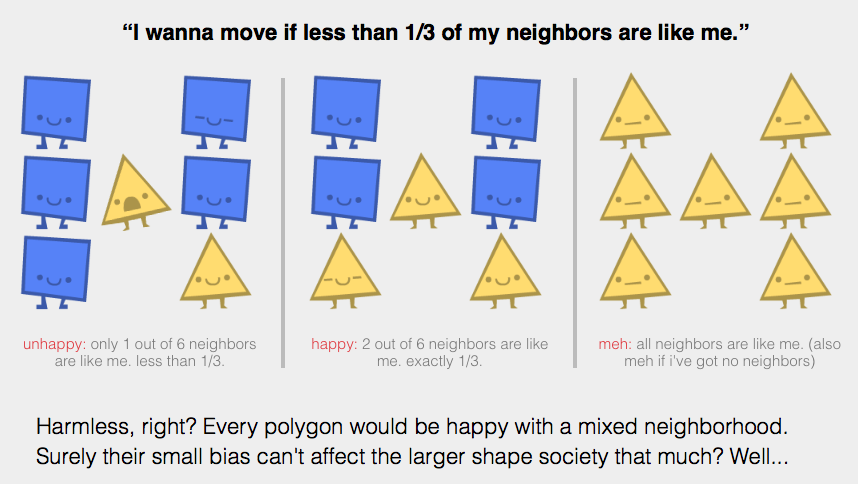 It's been a pretty horrifying couple of weeks on Twitter, hasn't it? At least it has on my timeline. Two unrelated, awful events in particular came right on top of each other, each whipping up a social media storm. First the violent incursion of militarised police into peaceful democratic protests in Ferguson, Missouri. Second the eruption of sickening misogyny and violent threats directed at female game makers and games journalists, in particular Anita Sarkeesian and Zoe Quinn.
It's been a pretty horrifying couple of weeks on Twitter, hasn't it? At least it has on my timeline. Two unrelated, awful events in particular came right on top of each other, each whipping up a social media storm. First the violent incursion of militarised police into peaceful democratic protests in Ferguson, Missouri. Second the eruption of sickening misogyny and violent threats directed at female game makers and games journalists, in particular Anita Sarkeesian and Zoe Quinn.
In both cases, my Twitter stream did what it always does. First came the reports from those directly affected, amplified and retweeted by other journalists. Fear, indignation, outrage, disbelief, heartbreak. Then came the wave of initial commentary. What does this mean, why now, how did things get like this. Then came the meta-commentary. Actually things have always been like this, privilege blinkers those not directly affected, look how existing power structures even suppress discussion, which sources can we really trust.
Endless echoes in endless voices of an event, now refracted in endless dizzying facets and meta-facets and ironic subtweets.
It was in the midst of thinking this, and my own feelings of helpless-but-mustn’t-look-away, that I encountered Glitch Pigeon, a little prototype crafted by Hannah Nicklin and George Buckenham at the Oxford Playhouse.




 It's been a pretty horrifying couple of weeks on Twitter, hasn't it? At least it has on my timeline. Two unrelated, awful events in particular came right on top of each other, each whipping up a social media storm. First the violent incursion of militarised police into peaceful democratic protests in Ferguson, Missouri. Second the eruption of sickening misogyny and violent threats directed at female game makers and games journalists, in particular Anita Sarkeesian and Zoe Quinn.
It's been a pretty horrifying couple of weeks on Twitter, hasn't it? At least it has on my timeline. Two unrelated, awful events in particular came right on top of each other, each whipping up a social media storm. First the violent incursion of militarised police into peaceful democratic protests in Ferguson, Missouri. Second the eruption of sickening misogyny and violent threats directed at female game makers and games journalists, in particular Anita Sarkeesian and Zoe Quinn.